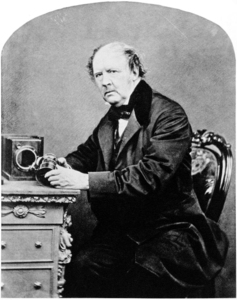Product Description
CHAPTER I
An understanding of the steps by which photography has advanced is of great assistance in studying the chemistry of photography. The significance of developing and fixing formulas is often made much clearer by knowing how these formulas were discovered and why the early workers found it necessary to incorporate certain chemicals in their solutions. This can only be a very brief outline of the history of photographic chemistry, but there are many excellent books available on the subject which will be of great interest to those wishing to make a further study.
Photography as we know it today is the result of accident and planned experiments. While the men who have made certain important contributions to the advancement of photography have been called the “fathers of photography,” it is impossible to assign to any one person the full credit for the development of the art.
Photography depends upon two important branches of science: chemistry and physics. The action of the camera and the lens falls in the field of physics. The action of the film, developer and fixing solutions are chemical problems.
The forerunner of the modern camera is found in an old device called the “camera obscura” which was used by artists as early as the 16th century. It even appears that the general principles of the camera obscura were known to the Greeks. Originally the principle was probably noted when light entered a darkened room through some small opening which served as the lens. In short, the camera obscura was an oversized pinhole camera. The camera obscura was used as an aid to drawing and sketching. Definite records of its use trace back to the 16th century.
Gradually the camera obscura evolved into our modern camera with the addition of the lens, shutter and hundreds of refinements. However, the basic optical principles were those first employed in the camera obscura.
Until the 19th century no attempt was made and evidently no thought was given to the idea of chemically recording the images which were projected in the camera obscura... (continued)




![Louis-Jacques-Mandé Daguerre (French: [dag??]; 18 November 1787 — 10 July 1851) was a French artist and photographer, recognized for his invention of the daguerreotype process of photography. He became known as one of the fathers of photography. Though he is most famous for his contributions to photography, he was also an accomplished painter and a developer of the diorama theatre. Louis-Jacques-Mandé Daguerre (French: [dag??]; 18 November 1787 — 10 July 1851) was a French artist and photographer, recognized for his invention of the daguerreotype process of photography. He became known as one of the fathers of photography. Though he is most famous for his contributions to photography, he was also an accomplished painter and a developer of the diorama theatre.](https://www.surpluscameragear.com/content/a20791f14659f24c22e6c0_m.jpg)

